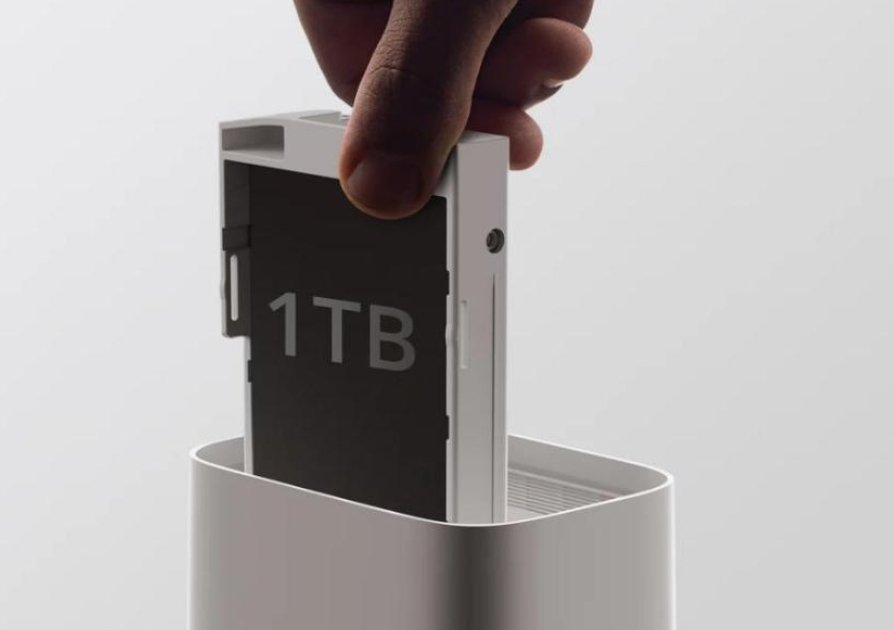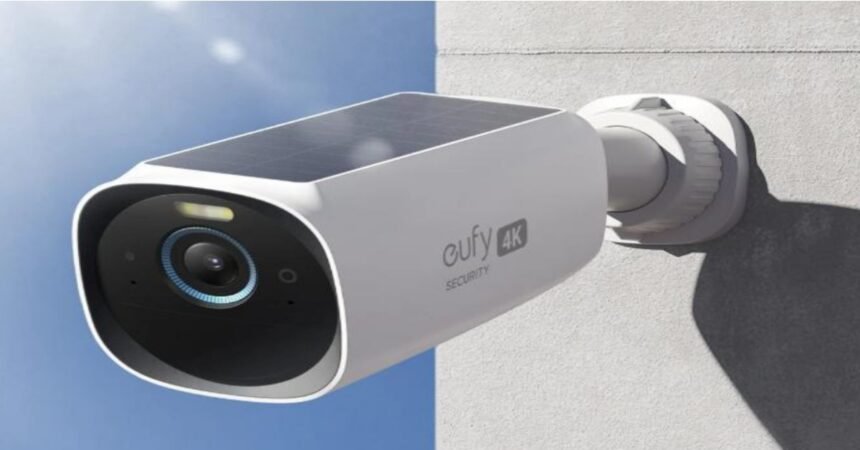Security cameras are vital for safeguarding homes and businesses. WiFi-based cameras are popular but come with the concern of network downtime or hacking. Fortunately, non-WiFi alternatives offer reliable surveillance solutions. These cameras connect via wired systems, cellular networks, or store footage on local devices, ensuring a constant watch over your property. This guide breaks down the types of non-WiFi security cameras and reviews the top models, including an in-depth look at a standout option from Eufy. By the end, you’ll be equipped to choose the best solution for your needs, ensuring your property is well-protected without relying on WiFi.
Types of Security Cameras Without WiFi
When considering security cameras without wifi, you have several choices. Each type offers unique benefits, making them suitable for different security needs. Below, we explore the main types of non-WiFi cameras: wired systems with local storage, cellular-connected cameras, and stand-alone local-storage models.
Wired Systems with Local Storage
Wired security cameras connect directly to a recording device, often a DVR. These systems use cables to transmit video signals, providing seamless surveillance. The primary advantage is reliability; you’ll never worry about dropped signals due to connectivity issues. Installation can be more involved, as it requires routing cables throughout your property, but it offers a robust solution with unlimited recording time as long as your storage capacity can handle it. Most wired systems feature high storage capabilities with local devices, so your footage is always on hand. They’re an ideal choice for those who need a dependable, long-term security solution without wireless vulnerabilities.
Cellular (4G/5G) Security Cameras
Cellular security cameras use 4G or 5G networks to transmit video data, ideal for locations without stable internet connections or residences that prefer privacy. They’re highly flexible, allowing you to install them in remote areas where traditional network options fail. Like smartphones, these cameras require a SIM card and a data plan, which adds a recurring cost but ensures robust coverage. Installation is straightforward, and these cameras often feature battery operation, catering to locations where power sources are distant. With advancing mobile network technologies, cellular cameras offer high-quality video and faster data transmission, bridging the gap between connectivity and security.
Stand-Alone Local-Storage or SD-Card Cameras
These cameras work independently, recording directly onto internal storage or SD cards. They are perfect for users seeking simple, plug-and-play solutions without additional network or hardware requirements. These systems offer great flexibility in terms of placement, as they generally require little power and space. Although storage capacity can be limited to the size of the SD card, these cameras provide enough space for essential footage. Footage is easily accessible by physically retrieving the storage device, making it an excellent choice for simple and efficient security solutions that prioritize privacy and functionality without internet reliance.

What to Look For When Choosing?
Selecting the right non-WiFi camera depends on various factors. You need to consider each feature carefully to ensure optimal security performance.
Storage & Recording Method
Pay close attention to how each security camera records and stores footage, as this directly impacts reliability and accessibility. Options vary from local DVR or NVR systems in wired setups to built-in SD cards in standalone cameras, and cloud storage solutions in wireless or cellular models. Consider factors such as available storage capacity, video resolution, and how easily you can access or retrieve recordings when needed. Opt for systems with large, expandable storage and consistent recording capabilities to avoid data loss. Ultimately, choose a setup that aligns with your security needs and desired footage retention period.
Power Source & Installation
Examine how your security cameras are powered and what the installation process entails before making a purchase. Some models operate on rechargeable batteries, providing flexibility for placement in areas without easy access to outlets. Others connect directly to a power supply, offering uninterrupted performance but requiring access to wiring. Wired cameras often need professional installation because of their more complex setup, yet they ensure a consistent power flow. Battery-powered options, however, are easier to install and relocate. Evaluate your property layout, maintenance preferences, and long-term security goals to determine the most suitable option for your lifestyle.
Best Security Cameras Without WiFi: eufyCam S330
The eufyCam S330 is a standout in the realm of non-WiFi security cameras. It offers a comprehensive suite of features designed to meet diverse security needs. This camera boasts a stunning 4K resolution, ensuring crystal-clear footage. Its AI capabilities include facial recognition and multi-event detection, such as humans, vehicles, and pets. It allows self-learning to evolve with your security preferences. With three months of local storage, expandable options, a 135° field of view, and anti-theft features, the eufyCam S330 provides robust security without monthly fees, making it an excellent investment for HomeBase 3 users seeking reliable, independent security solutions.
Conclusion
Choosing a security camera without WiFi involves understanding your specific needs and the features available. Whether you opt for a wired, cellular, or local-storage system, each type offers distinct advantages conducive to different environments. The featured eufyCam S330 stands as a versatile and reliable option, loaded with features to ensure top-tier protection. When choosing your camera, focus on storage capabilities, power options, and the ease of installation. Prioritize reliability and privacy, ensuring your security measures effectively protect your property without the vulnerability of internet exposure.









